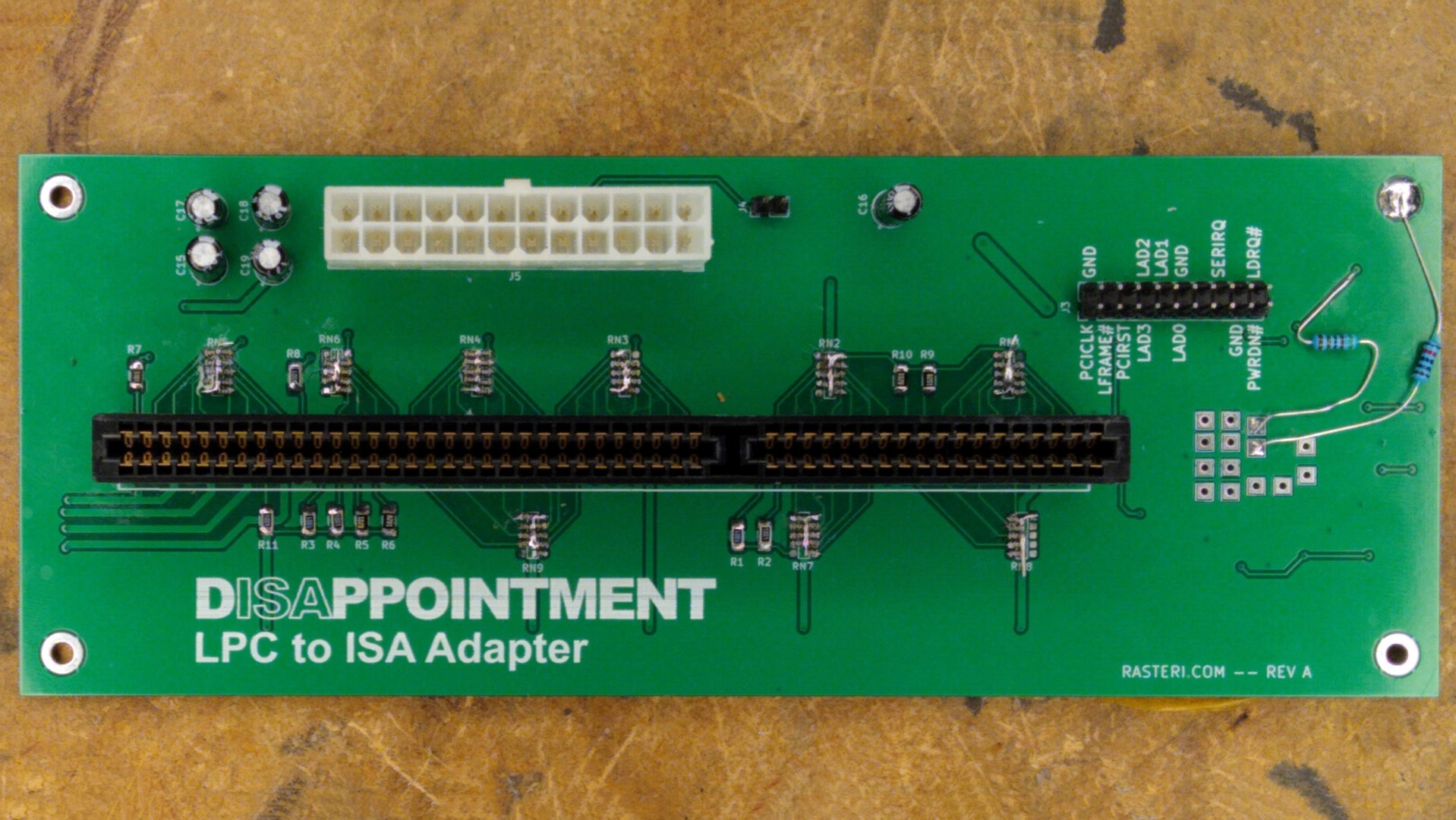
Retro TechTuber Adds Ancient PC ISA Slot via Modern TPM Header
A retro technology enthusiast has successfully grafted an ancient ISA slot to a modern motherboard. In a YouTube Short, TheRasteri introduces us to a neat but work-in-progress expansion board with an ISA slot. It is put to good use during the brief clip, providing SoundBlaster 16-powered gut-wrenching sound effects – and a pumping soundtrack – during a quick blast in the original DOOM (on DOS).
The PC platform used in the video sports an Intel 6 series chipset. It houses a second-generation Intel Core i5-2400S ‘Sandy Bridge’ CPU (4C/4T), which isn’t exactly modern (circa 2011). However, as YouTuber TheRasteri points out, “it’s a little bit older, but has no business having an ISA slot connected to it.”
ISA slots are almost as old as the first IBM PCs. In 1981 the IBM PC XT offered up an 8-bit ISA bus for expansion cards but in 1984, the IBM PC AT implemented the first full 16-bit ISA slots. They fell out of favor as the faster new PCI bus gradually took over in the 1990s and were extremely rare from the start of the millennium. Thus ISA slots were important in the heydays of DOS gaming.
In the DOOM era, you would typically put a graphics card in a PCI slot, but the sound card essential to the immersive gaming experience fitted into an ISA slot. Some later SoundBlaster 16 versions came in PCI varieties and worked well with Windows 95, 98, etc. However, they weren’t entirely compatible with the expectations of older DOS games.
Getting the old SoundBlaster 16 ISA card to work on a PC with no ISA slots is physically impossible, but the adapter board showcased in the video neatly uses the modern motherboard’s Low Pin Count (LPC) bus and a breakout PCB as a solution. Intel introduced the LPC bus in 1998 as “a software-compatible substitute for the Industry Standard Architecture (ISA) bus.” The LPC bus is accessible via the TPM port, and you can see a beige ribbon cable connecting the TPM pin area to a header on the so-called “dISAppointment LPC to ISA Adapter.” See what he did there?
At the end of the video, TheRasteri says he will make the board design open source in due course. Also, a longer video with some more depth is in the pipeline, likely addressing any configuration files (autoxec.bat and config.sys editing?) or other fiddly things that might need sorting out. Many of our older readers might have an old ISA card or two in their drawers, so they may relish the possibility of using them again.


